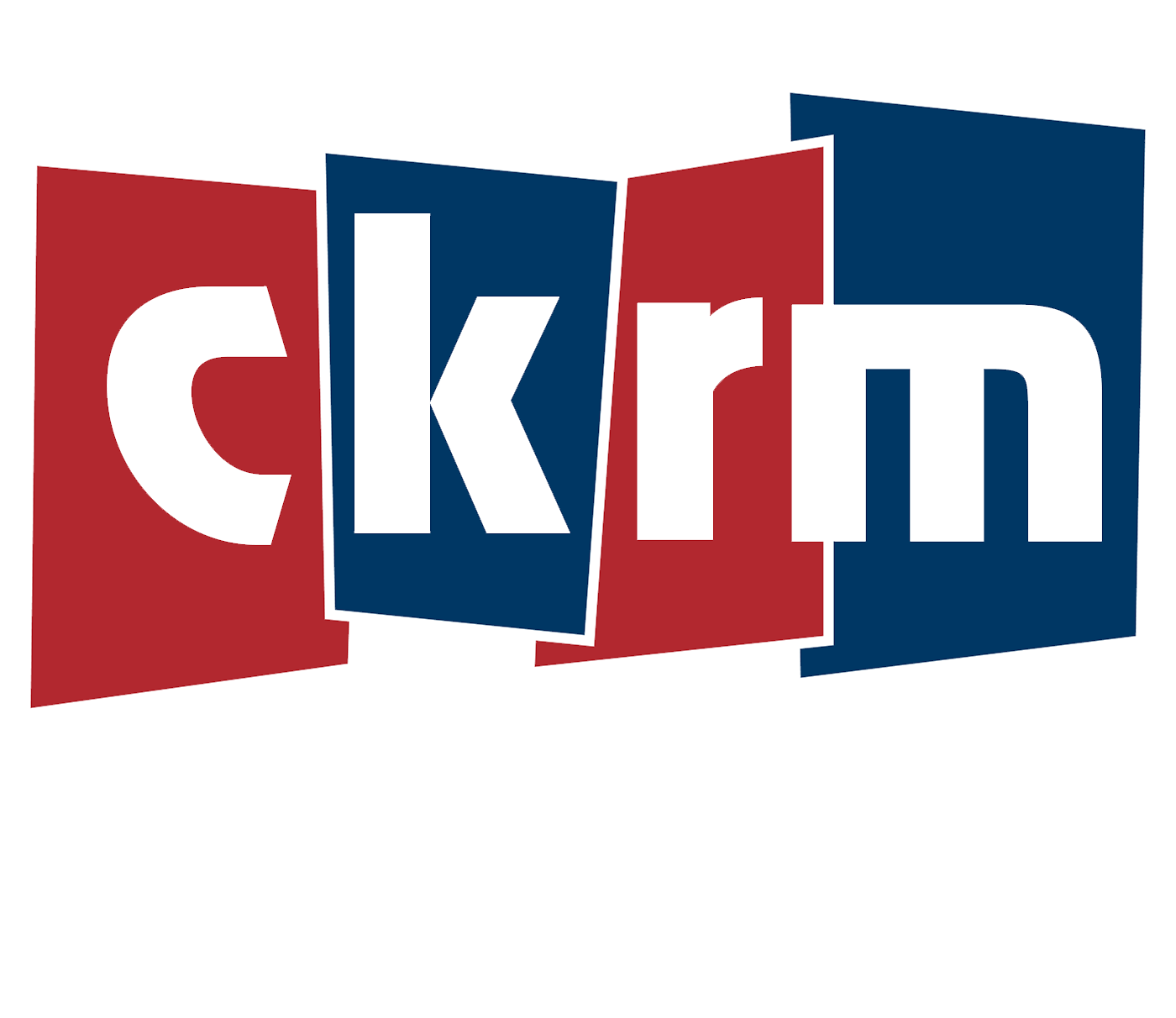As more producers are finishing up harvest, an Agronomy Specialist with the Canola Council of Canada is encouraging farmers to look for signs of verticillium stripe in their fields as part of their post-harvest work.
The soil-borne disease that causes yield loss in canola crops was first reported on the Prairies a decade ago, and Breanna Miller says there is still lots to learn about it.
“European studies have shown 10 to 15 per cent yield loss in infected plants with more losses occurring from earlier infections. It ultimately infects the roots and travels up that water transporting xylem in the stem, so eventually plugging that xylem then cutting off the flow of nutrients and water to the rest of the plant, ultimately leading to a pre-mature death.” stated Miller.
Historically, verticillium stripe has been found in B.C., Alberta, Saskatchewan, Manitoba, Ontario, and Quebec. Surveys have been distributed to get an idea of how present the disease was this season. Miller noted a few calls and messages of symptoms of verticillium stripe to this point and the surveys are expected to be complete later this fall.
Miller says when a crop is ripe and green, the disease will show a faint colour change to an orange-brown colour and then as the crop matures the stripe becomes more obvious with a grey-brown colour. Another way to identify verticillium is by taking the plant out of the field, cutting a cross-section near the bottom of the plant and looking for “a grey star-like burst in the centre of the stock to show verticillium is present.”

The good news is, it can be managed by “minimizing soil movement, sanitize equipment, and extend crop rotations.”
“We really, ultimately, like to see a two to three year gap between canola crops and we also really encourage farmers to scout for these symptoms (post-harvest) and looking for those signs of stem shredding, striping on the main stem as well as microsclerotia presence. We also strongly encourage farmers to submit these samples to our provincial labs to confirm verticillium is present.” added Miller.
Labs that can confirm if verticillium stripe is present in your field include 20/20 Seed Labs in Nisku, Alberta and Winnipeg, Discovery Seed Labs in Saskatoon, and the Pest Surveillance Initiative in Winnipeg.
More information about the disease and management tips can be found on the Canola Council of Canada website.








